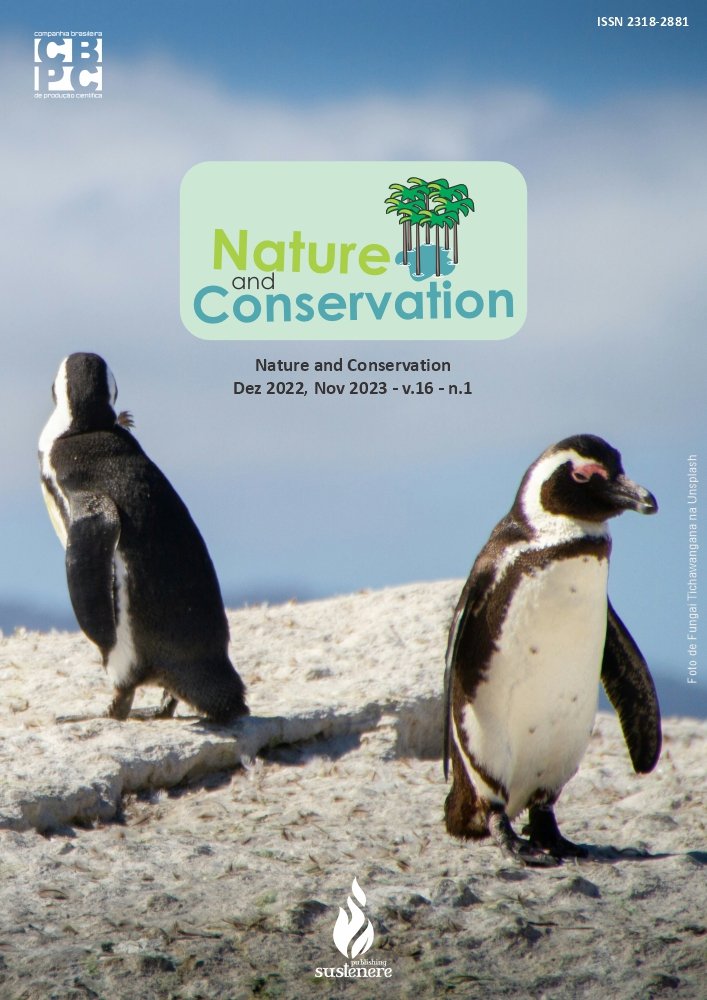Chemical changes in soil fertigated with dairy effluents
DOI:
https://doi.org/10.6008/CBPC2179-6858.2022.009.0015Keywords:
Reuse, Soil alteration, Clay dispersion, WastewaterAbstract
The dairy industry represents an activity of great importance in the brazilian and world economy, not only due to the volume of supply and generation of foreign currency, but also due to the composition in the human food diet. It is an activity that generates high amounts of effluents that, if handled improperly, can cause deleterious effects to plants, the watercourse and the soil. In this sense, crop fertigation has become an alternative form of treatment. Thus, this study aimed to determine the chemical changes in the soil cultivated with Mombaça grass by applying different doses of dairy effluent in order to provide sodium content equal to 75, 150, 300 and 600 kg ha-1 year-1 . According to the results, it could be concluded that, in relation to the initial conditions, the pH, organic matter and CTC of the soil did not show significant variations. However, there were reductions in the concentrations of available phosphorus and increases in potassium concentration. Thus, according to the experimental conditions, and aiming environmental conservation, the application of dairy effluent providing 600 kg ha-1 year-1 of sodium in soil cultivated with Mombaça grass can become a technical recommendation for treatment and reuse of these effluents.
Downloads
Downloads
Published
Issue
Section
License
Copyright (c) 2023 Ibero-American Journal of Environmental Sciences

This work is licensed under a Creative Commons Attribution-NonCommercial-NoDerivatives 4.0 International License.
The CBPC - Companhia Brasileira de Produção Científica (Brazil CNPJ: 11.221.422/0001-03) the material rights of the published works. The rights relate to the publication of the work anywhere in the world, including rights to renewals, expansions and dissemination of the contribution, as well as other subsidiary rights. All electronically published works may subsequently be published in printed collections under the coordination of this company and / or its partners. The authors preserve the copyright, but are not allowed to publish the contribution in another medium, printed or digital, in Portuguese or in translation.









